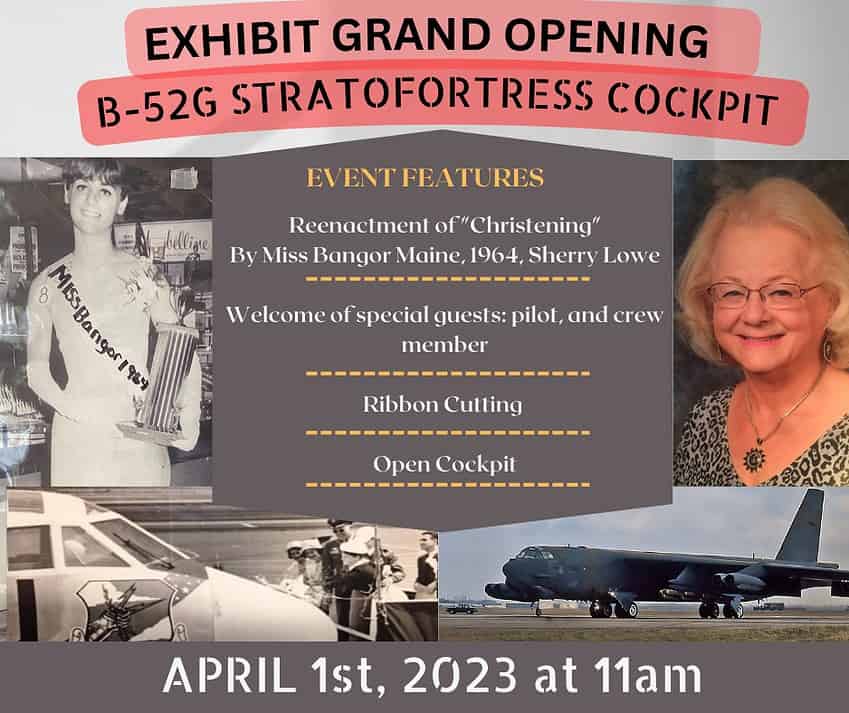The Tillamook Air Museum invites all for the Ribbon Cutting, Christening and open cockpit of the Tillamook Air Museum’s newest exhibit, a B-52G Stratofortress cockpit on Saturday April 1st from 11 am-12:30. A Veteran of the Cold War, Vietnam War, and Gulf War, this bomber served America with pride for over 30 years! Our special guest for the event is Sherry Lowe. In 1964, Sherry was bestowed the title of “Miss Bangor” (Maine). As a part of her crown, Sherry was tasked with Christening a B-52 Stratofortress at Dow Air Force Base in Maine, the “City of Bangor.” Coincidentally, this is the same B-52 that the Museum has been working hard to restore this past year. Now 59 years later, Sherry is joining us at the Museum to “re-christen” her airplane, “Osiris” (the name given the aircraft during the Gulf War era). Come on out and join in on the fun, climb through our B-52 Stratofortress cockpit, get your picture taken inside, and talk to Veterans who served aboard this magnificent aircraft! For more information on this event, contact the Museum at 503-842-1130 or email us at Info@Tillamookair.com
FREE tickets – https://www.eventbrite.com/e/b-52g-cockpit-exhibit-grand-opening-tickets-548019108907
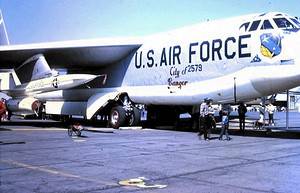
The Museum’s B-52G Stratofortress was built in Wichita, Kansas and delivered to the United States Air Force on September 23, 1960. The Museum’s B-52, developed as a Cold War Strategic bomber, served the United States with pride in several wings of the Air Force’s Strategic Air Command. In February 1963, the airplane was transferred to the Air Force’s 397th Bombardment Wing at Dow Air Force Base in Bangor, Maine. On May 16, 1964, the city of Bangor (Maine) was given honorary ownership of the airplane and the B-52 was christened the “City of Bangor” by Miss Bangor, Sheryllee Kay Jones (now Sherry Lowe) who ceremoniously broke a bottle of champagne on the nose of the airplane. On April 5, 1968, the B-52 and another aircraft, an Air Force KC-135 left Dow Air Force Base, the last two aircraft to leave the closing base (now Bangor International Airport). The Airplane was then transferred to the 2nd Bombardment Wing at Barksdale Air Force Base in Louisiana, before being transferred, again, back to Maine in April 1972 at Loring Air Force Base (in northeastern Maine, near Limestone). On May 31, 1972, the airplane was transferred to Andersen Air Force Base in Guam, as part of “Operation Bullet Shot” (a build-up of B-52 aircraft to combat the threat of the North Vietnamese). Although records at the moment are scarce, while at Andersen Air Force Base, the airplane seems to have also participated in “Linebacker ll,” the bombing campaign that took place over North Vietnam from December 18-29, 1972. Following its service at Andersen, the airplane would go on to be stationed at a variety of other Air Force stations throughout the country, including in Texas, California, North Dakota, and Washington. Along the way, the airplane was also given several more names, including “City of Bangor,” Soiee”, “Armed & Ready/Make my day,” “Heavy Metal,” “Boodrow,” & lastly “Osiris” (the Egyptian god of the dead). In 1991, with the build-up of tensions surrounding Iraq’s invasion of its neighbor Kuwait, the Museum’s B-52 was put into action.
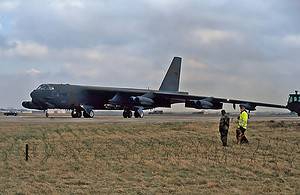
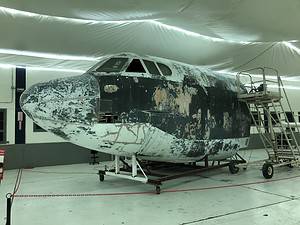
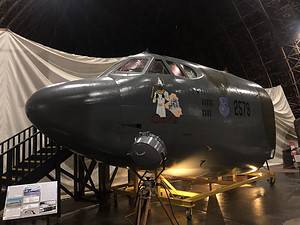
The mission and goal of the Tillamook Air Museum is to interpret, preserve, educate, and honor the history of Naval Air Station Tillamook, Hangar B, and all aspects of civil and military aviation. We work to preserve artifacts, photographs, and documents for all future generations and to honor the memory of the men and women who have contributed to this history. The Museum has dozens of exhibits and artifacts, planes and photographs and of course, Hangar B – the structure itself is well-worth a visit. For more information go to www.tillamookair.com

